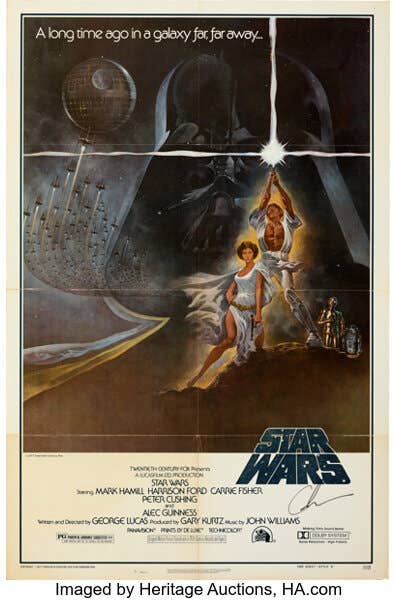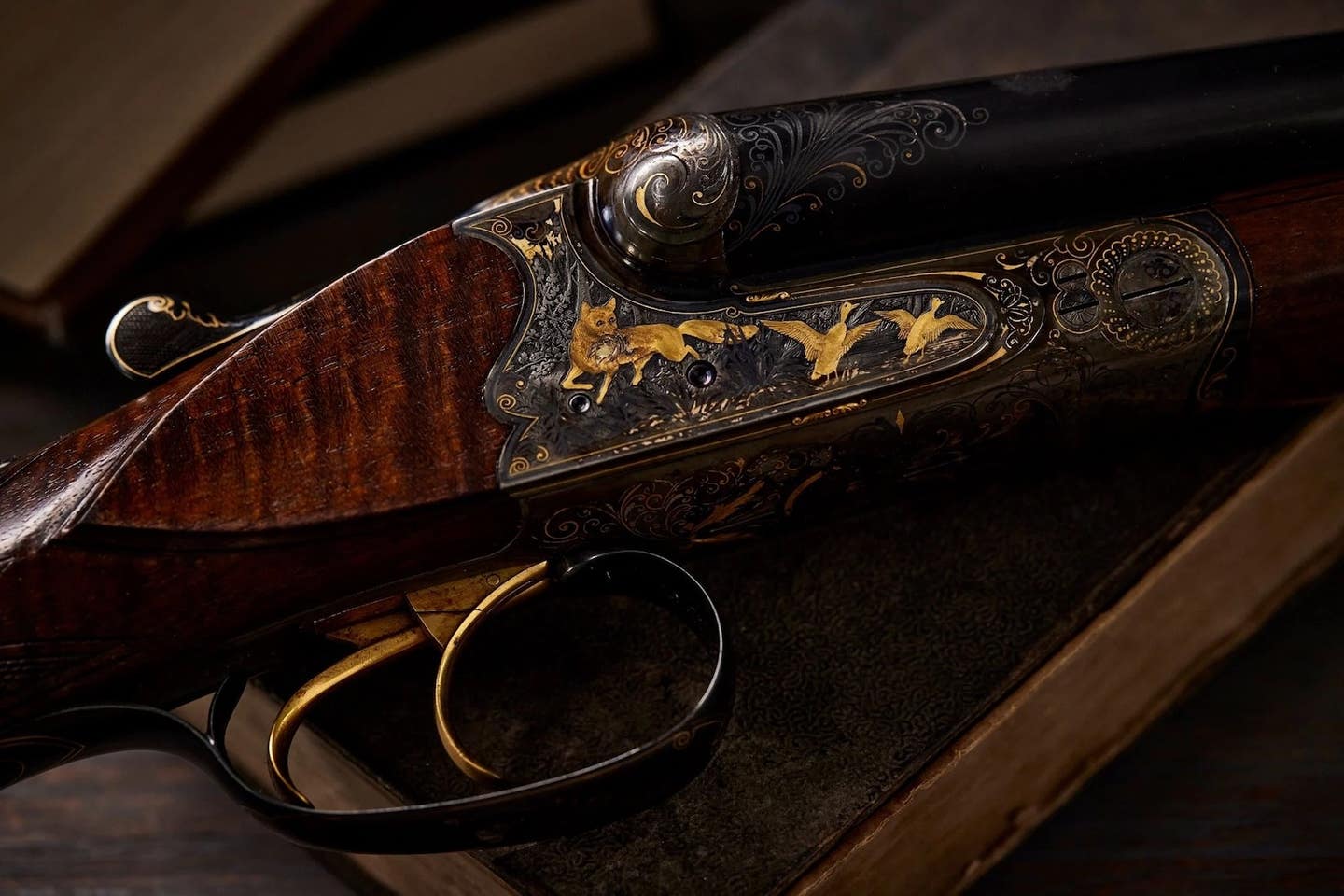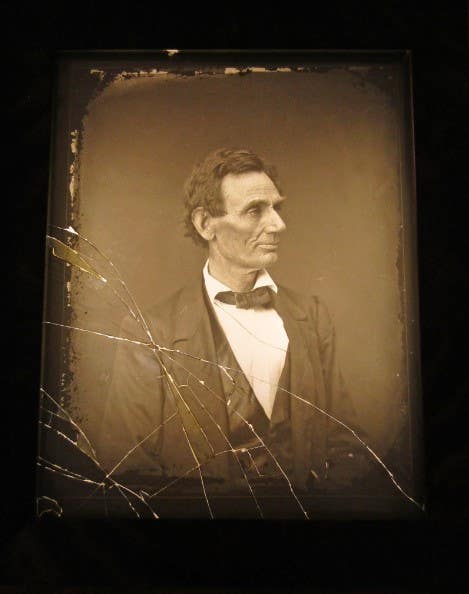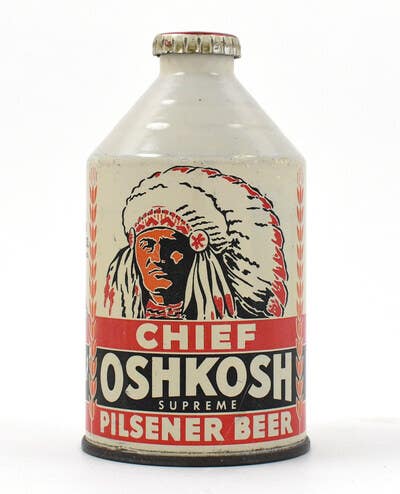Calligraphy: Writing with a Flourish
George Bickham’s The Universal Penman is one of the most important works ever compiled on calligraphy that showcases this artful handwriting.
Calligraphy has been a form of communication for thousands of years, and has been used to record the history of civilization — and a talented engraver’s mastery of this style has earned him a position of prominence in its history.
George Bickham, along with other talented calligraphers he assembled during the eighteenth century, also compiled one of the most important works in western calligraphy, The Universal Penman, a collection of more than 200 plates that showcased the talents of these writing masters of the day.
The term “English calligraphy” is broad, and the category covers all forms of handwriting that is found within all of Europe. Western calligraphy, as it is also known, includes several styles.
The earliest forms of calligraphy were found decorating the walls of the caves of the earth’s earliest human inhabitants. There was no alphabet. Symbols and figures drawn on the walls had to suffice to tell the tale of the transcriber. The tale told might have described an exciting event, possibly a successful hunt, or dangerous encounter of some sort. Perhaps the pictographs left on those cave walls, so long ago, were intended to be an historical record for ensuing generations.
As civilization developed, crude drawings gave way to a more standard form of written communication - the alphabet. The most successful form was standardized and carried throughout Europe by the Roman Empire.
For centuries, all documents were written by hand and executed in this fashion until the invention of the printing press in the late sixteenth century. Every pamphlet, broadside and map, every word of written text, had to be transcribed by hand. Each legal document, deeds, indentures, as well as court transcripts, had to be recorded without error. And most importantly, they had to be legible, as well as carry a sense of professionalism. This process was extremely time-consuming.
Aside from that vast array of secular legal documents, there was an even more important catalyst that fueled the development of handwriting, and that was spreading Christianity. It required an exceedingly high number of scribes to record the many words that filled each Bible, as well as innumerable pages of religious texts. It was a tall order indeed to spread the “Word.” As a result, the art of writing was perfected.
Although the advent of the printing press allowed for producing documents in a much faster fashion, the original proofs still had to be put to paper using pen and ink. From this point on, fewer scribes were needed and interest in calligraphy waned, but there were a number of calligraphers who recognized that importance in the art and carried on the tradition.
George Bickham (the Elder) was born near the end of the seventeenth century. Although he was an excellent penman, his most notable talent was that of an engraver. His engravings of the examples of calligraphy in this collection were peerless, thus securing his place in history as master engraver as well as calligrapher.
Bickham’s prized The Universal Penman was comprised of a folio-sized volume of 212 plates that showcased the talents of master calligraphers his day. He described the beautiful copperplate engravings thus: “The whole Embellish’d with beautiful Decorations for the Amusement of the Curious.”
The separate leaves of the Bickham’s portfolio were done over the span of approximately eight years, from 1733 to 1741. It appears as though Bickham himself penned a number of the plates. He was indeed a man of many talents: penman, engraver and teacher. A trade card advertised his services as such and reads: “All Sorts of Picture-work | and | Writing in All Hands | are | Engrav’d after y. best Manner on Copper-Plate.” The message on the card goes on to say, ”Where Young Gentleman and Ladies are carefully Taught the Whole Art Of Drawing.”
Each plate within The Universal Penman portfolio was focused on specific themes. The subjects covered areas of human virtues and frailties as well, and many of the broadsides address the character of a man or a woman. Each plate is in beautiful script. The subject matter covered the importance of words like “Humility,” “Honour,” and “Honesty,” as well as, bricks and mortar subjects of the financial realm, such as “Commerce,” “Promissory Notes,” “Letters Of Credit” and “Reputation.” The Universal Penman does not neglect the arts. Discourses in flowing hands describe the virtues of “Sculpture,” “Painting,” “Poetry,” and “Musick.”
Many of the plates were illustrated at the top with scenes depicting Bickham’s view of the corresponding subject. A broadside fashioned in fine script by the writing master, W. Clark, extols the wonder of “Musick,” with the following words: “Musick is an insearchable and excellent Art, which rejoiceth the Spirits and unloadeth Grief from the heart” … Bickham has improved upon this plate with the addition of his engraving of a small group of musicians playing their instruments, all dressed in the costume of the day.
The Universal Penman was not meant only to be a work of art but also words to live by. Many of the messages were romantically driven. A look at the broadside titled “Promises” with Bickham’s engraving of a gentleman taking a ladies hand in his, is penned by Nathaniel Dove. It shows how much value was placed on a man’s character; “Perform thy Promise keep within Faith’s bounds, Who breaks his Word, his Reputation Wounds.” Each plate is numbered on the top right and is signed by the writing master at the bottom; a number are dated.
Bickham’s publication was the most important teaching tool of its day and used as the text by writing students learning the art of calligraphy. Aside from that, a number of pages held examples of basic business skills and passed them onto the reader; instructions on the proper way to compose a business letter or make out an invoice were two such lessons.
Because The Universal Penman was completed in fifty-two installments over the eight years and was sold by subscription, most likely there were not many complete editions with all 212 plates bound together. That would have been quite a feat of dedication to amass a complete set over the eight-year period without missing even one installment. And add to that fact, the plates were compiled and used as a writing tool; many of the leaves were probably pretty well shop worn or missing altogether.
The work presented in this folio was achieved by the best masters of English calligraphy of the eighteenth century. Although not household names we recognize today, Joseph Champion, Nathaniel Dove and Richard Morris are just a few of the master penmen of the day. Together, those writing masters presented us with the most beautiful and flawless examples of calligraphy and penmanship. Works that were created with elegant swirls, spirals and flourishes, and at times those strokes of a pen seem to burst from the page.
Bickham’s copperplate engravings include well over one hundred different pictorial scenes, including ships at sea, landscapes and people at labor and at play. There are several illustrations depicting cherubs, animals and birds, as well as heraldry. Within this tome is found almost a score of different alphabets, as well as numerous styles of print, including Old English, Italick, and Roman.
With 212 examples of calligraphy, as well as engravings, this leaves several choices from which a collector of calligraphy may choose. The copperplate engravings will tempt those who admire these examples of eighteenth century printmaking, while collectors of English history from that same time period might find The Universal Penman of interest. And those who are trying to fill that specific niche of collecting George Bickham will revel in the beautiful examples of his work. When framed, these full 8-1/2-inch by 13-inch copper plates make for handsome displays.
Plates from Bickham’s The Universal Penman are not that easily available. A two-week search on eBay turned up only a handful of these original prints, but a larger number of facsimiles were offered for sale. There are a few other online sites that offer plates from the original Universal Penman for sale. Unlike other collectibles that you might find at live auctions and flea markets, these broadsides are very scarce at those venues.
The cost of each plate is somewhat constant. Prices start at around $100 for a number of examples without the engraved scenes and illustrations. The more ornate examples can bring upwards of $150. The facsimile plates should never cost more than $20 each. To ensure that you get what you pay for, be sure to look for the plate mark. This will tell you that it is an original print. A complete volume of The Universal Penman published in London in 1743 might cost a few thousand dollars or more. But these are quite scarce. A facsimile edition published in 1941 that contains all 212 plates can be found in excellent condition at a number of online booksellers for approximately $120. This is the only complete edition of The Universal Penman available. The plates in this edition are exact copies of the originals and are excellent for framing.
Sources
Art of Calligraphy, by George C. Thompson 1986
Calligraphy: The Art of Written Form, by Donald m. Anderson 1992
Calligraphy in the Copperplate Style, by Herb Kaufman 1980
Nationmaster.com/encyclopedia/Calligraphy
The Universal Penman, 1743 Engraved by George Bickham 1941 Facsimile edition Dover pub.
Wikipedia.Org, “‘George Bickham the Elder”








